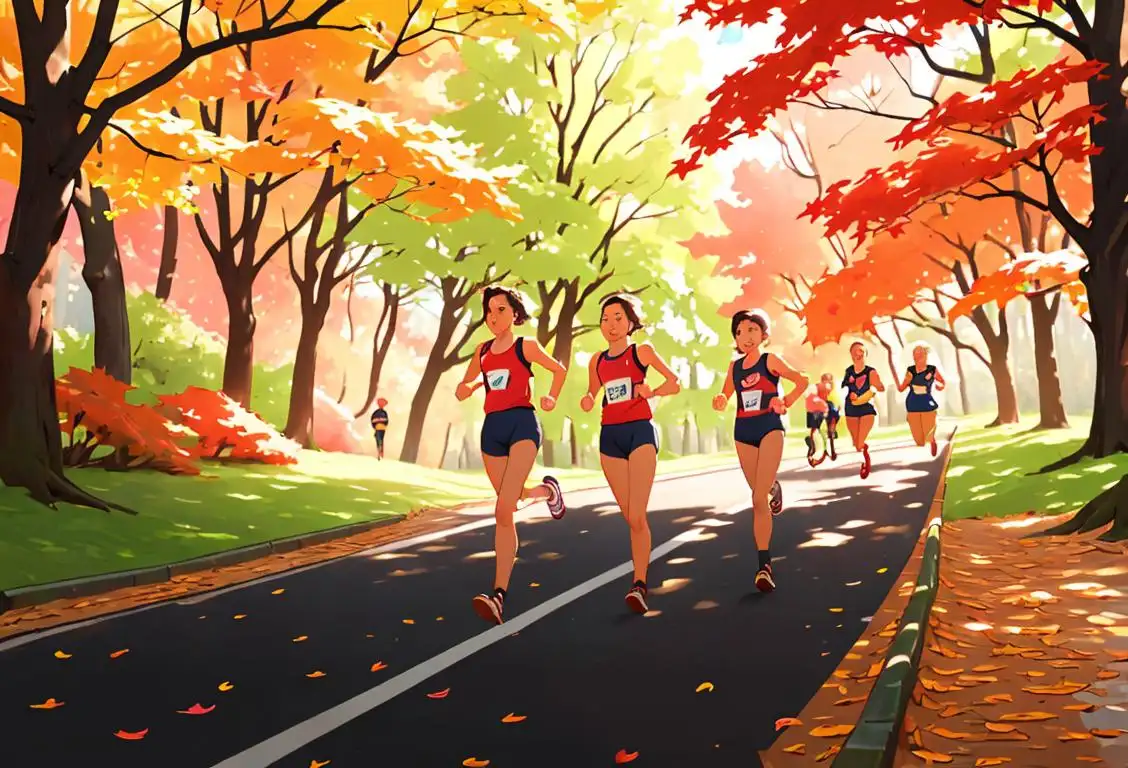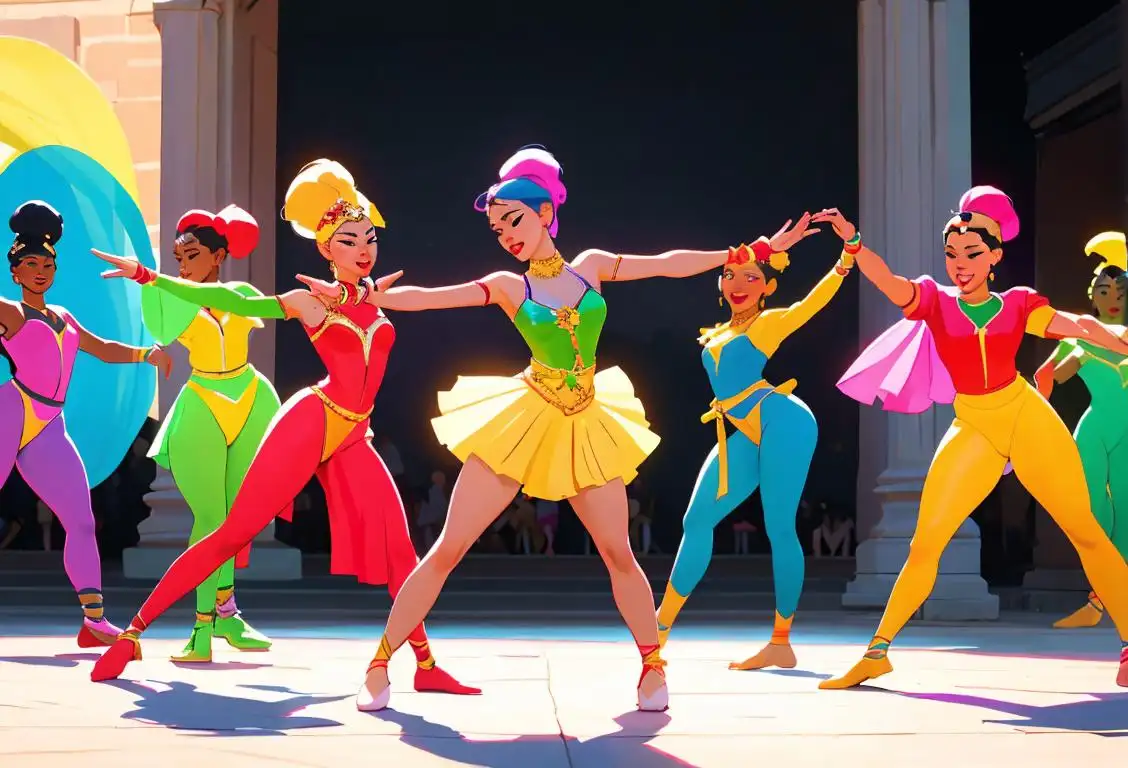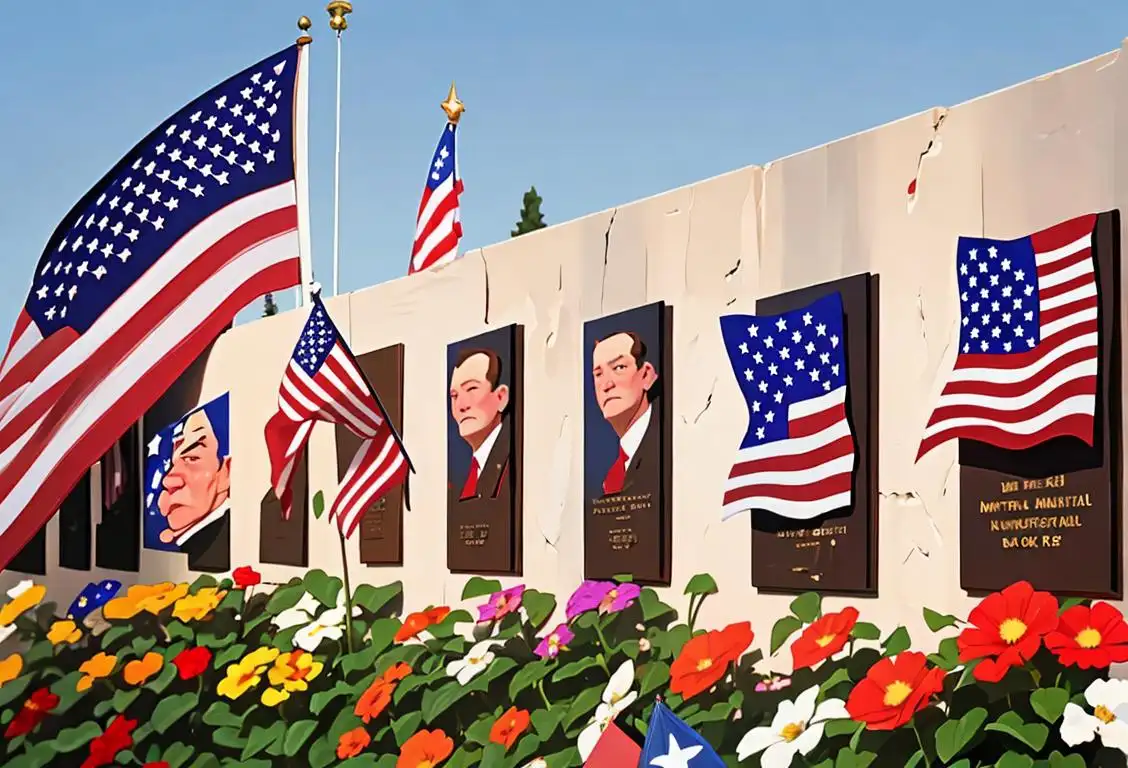National Cross Country Day

Hey there you cross country enthusiasts! Are you ready to take a wild run down the memory lane? Well, get those sneakers on and hold on tight, because we're about to dive into the wild and wonderful world of National Cross Country Day!
When is Cross Country Day?
It's national cross country day on the 19th April.
The History of National Cross Country Day
Now, you might be wondering how this glorious day came to be. Let's rewind the clock and hit that 'refresh' button on the internet history of National Cross Country Day.
Legend has it that back in the ancient times of 2016, on the 19th of April, the online realm started buzzing with excitement about National Cross Country Day. People all around the world were sharing their love for this sport, inspiring others to join in on the fun.
Since then, every year on the 19th of April, running enthusiasts from all walks of life unite to celebrate the joy of cross country. Whether you're a seasoned runner or just starting to lace up your sneakers, National Cross Country Day is the perfect occasion to embrace the thrill of the open road.
Why We Love Cross Country
There's something truly magical about cross country running. It's like poetry in motion, where each step is a stanza and every stride a verse. The feeling of conquering new paths, breathing in the fresh air, and pushing your limits—it's a rush like no other.
Not only is it an incredible physical workout, but cross country also helps to clear the mind and soothe the soul. With every mile, you leave your worries behind and find yourself immersed in the beauty of nature.
Plus, let's not forget the amazing sense of camaraderie that comes with cross country. Whether you're running solo or as part of a team, you're all chasing the same finish line. There's nothing quite like the bond formed through shared sweat, tears, and post-race high-fives.
Did You Know?
Did you know that the longest recorded cross country race covers a mind-boggling distance of 310 miles? That's like running from New York City to Washington, D.C.! Talk about an epic adventure!
History behind the term 'Cross Country'
19th century
Origins of cross country running
Cross country running has its origins in England during the 19th century. It was introduced as a way to test the endurance and fitness of military personnel. The runners had to navigate through varying terrains, including fields, hills, and streams, making it a challenging and unpredictable sport.
1821
The Origins of Running Cross Country
In 1821, cross country running first emerged as a competitive sport in England. The term 'cross country' was used to describe a race that took place across open country, instead of on a track or road. It involved traversing diverse terrains, including fields, forests, hills, and water obstacles.
1903
First official cross country race
In 1903, the first official cross country race was held in Ville d'Avray, a small town near Paris, France. It was organized by the Union des Sociétés Françaises de Sports Athlétiques (USFSA) and featured both individual and team events. This marked the recognition of cross country running as a legitimate sport.
1903
Inclusion of Cross Country in the Olympic Games
By 1903, the sport's popularity had grown significantly, leading to its inclusion in the Olympic Games. Cross country races were held as part of the Summer Olympics from 1904 to 1924. The introduction of cross country to the Olympic stage further propelled its prominence worldwide.
1911
Formation of International Cross Country Championships
In 1911, the International Cross Country Championships, now known as the World Cross Country Championships, was established. This event brought together athletes from various nations to compete against one another in cross country races. It provided a platform for countries to showcase their running talent on an international scale.
1924
Inclusion in the Olympic Games
Cross country running was included as an official event in the Olympic Games for the first time in 1924. The race took place in the scenic Bois de Boulogne park in Paris, France. Initially, only men were allowed to compete, but women's cross country events were introduced in later editions of the Games.
1973
Formation of the International Association of Athletics Federations (IAAF)
In 1973, the International Association of Athletics Federations (IAAF) was formed as the international governing body for cross country running and other track and field events. The IAAF established standardized rules and regulations for the sport, ensuring consistency and fair competition across different countries.
1928
Women's Participation in Cross Country
It wasn't until 1928 that women were allowed to officially participate in cross country races. The inclusion of women in the sport provided greater opportunities for female athletes and contributed to the growth and diversification of cross country competitions.
Modern times
Popularity and evolution of cross country
Cross country running has continued to grow in popularity worldwide. It is now a common sport in schools, colleges, and professional athletics. The sport has also evolved with the introduction of age categories, different race distances, and varying course layouts. Cross country races test athletes' stamina, mental toughness, and ability to adapt to different terrains, making it a thrilling and challenging pursuit.
1949
Introduction of the World University Cross Country Championships
The World University Cross Country Championships was introduced in 1949, giving university athletes a chance to compete against each other. This event showcased the talent of young runners and further strengthened the overall development of cross country as a sport.
2005
Introduction of IAAF World Cross Country Championships
In 2005, the International Association of Athletics Federations (IAAF) introduced the IAAF World Cross Country Championships. This event, featuring various race distances and age categories, became the ultimate cross country competition. It attracts elite athletes from around the world and continues to be a significant event in the world of distance running.
Did you know?
Did you know that the longest recorded cross country race covers a mind-boggling distance of 310 miles? That's like running from New York City to Washington, D.C.!Tagged
awareness fun sportsFirst identified
19th April 2016Most mentioned on
19th April 2016Total mentions
4Other days
Wing Day
Left Handers Day
Golf Day
Fitness Day
Foundation Day
Cancer Survivors Day
Dance Day
Memorial Day
Gymnastics Day
Student Athlete Day









